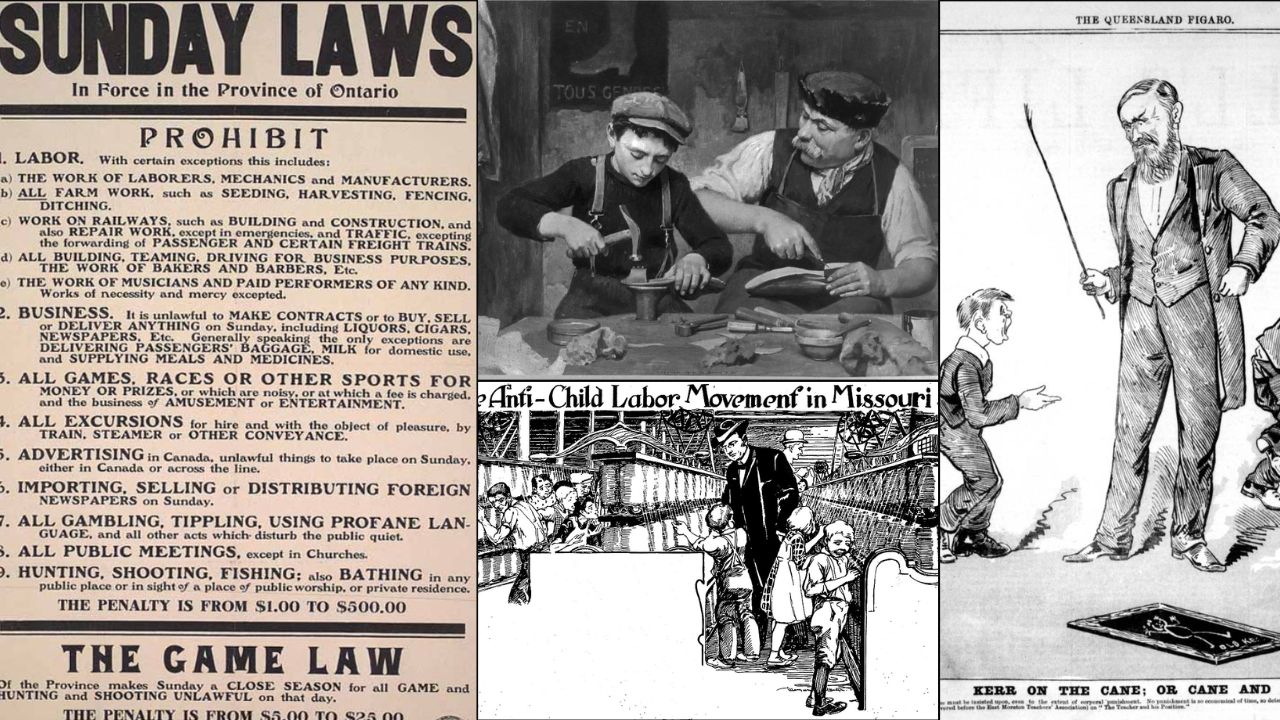For teens in nineteenth-century America, daily life came with strict rules set by towns, states, and schools. Lawmakers targeted youth behavior, schooling, and work as industry and cities expanded. Many rules aimed at public order or health, while others reflected the moral values of the time. Some ideas will feel familiar, like vaccines for schools. Others will seem harsh, like curfews and public dress codes. Learning about these laws shows how youth rights and responsibilities changed into the systems teens know now.
1. Compulsory School Attendance Begins
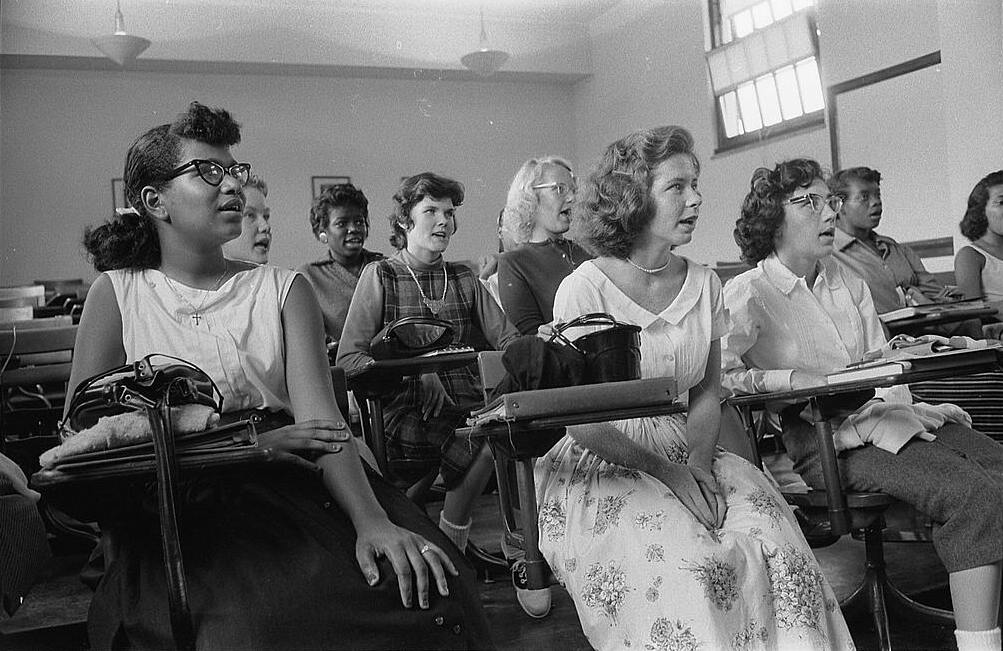
Massachusetts passed the first statewide attendance law in 1852, pushing children of roughly elementary age into regular classes to boost literacy and civic knowledge. Other states followed through the late 1800s, and by the early twentieth century attendance rules were nationwide. Truancy officers could visit homes, and courts fined parents for repeated absences. Farming families had to reorganize chores around calendars that matched town schedules. The idea that education served the public good was growing, and teens felt that change.
2. Early Child Labor Limits in Mills and Factories
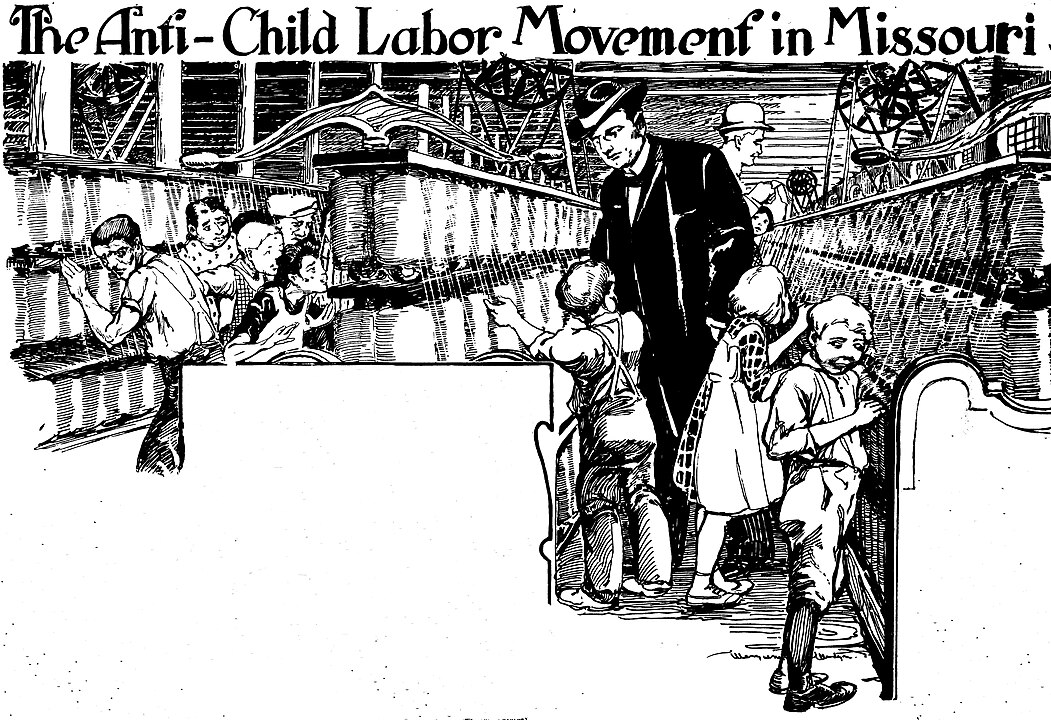
Industrial towns relied on youth workers, yet reformers urged limits as accidents and exhaustion drew attention. Massachusetts tied factory jobs to schooling in the 1830s by requiring a minimum number of school months for working minors. Later rules tried to cap daily hours for the youngest children. Enforcement varied, but the message reached families and owners in textile centers and growing cities. Teens learned that wages were welcome, yet lawmakers increasingly insisted that basic education came first.
3. City Curfews for Minors Spread in the 1890s
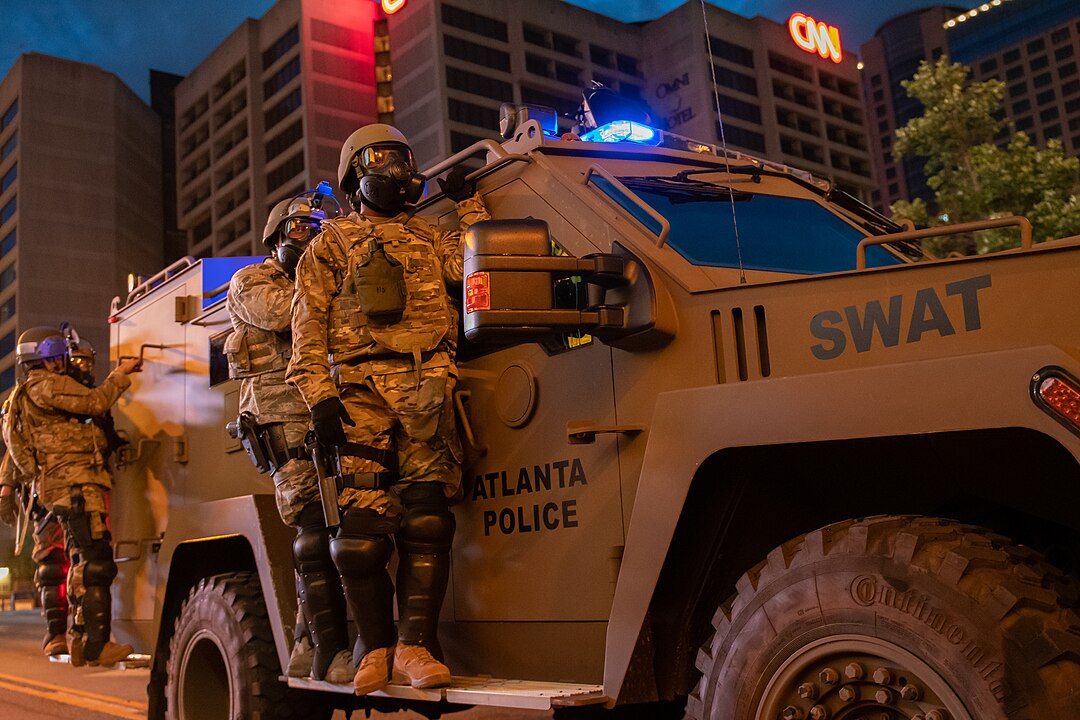
As urban nightlife grew, many towns adopted curfews aimed at minors to keep streets quiet and reduce late evening trouble. Police could escort teens home, issue warnings, or fine parents for repeated violations. Supporters said curfews protected young people from crime and risky crowds. Critics argued that the rules punished working teens with late shifts or families who gathered outdoors in hot weather. The debate previewed modern questions about safety, freedom, and how much control cities should have.
4. Sunday “Blue Laws” Restricted Work and Play
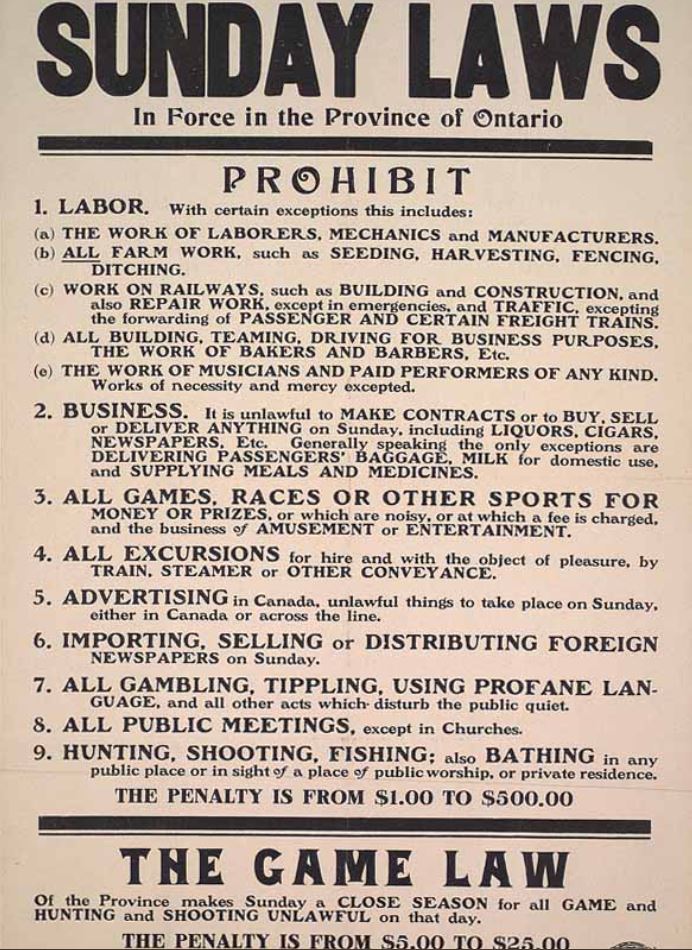
From colonial traditions into the nineteenth century, Sunday restrictions limited business hours and public amusements in many communities. Shops closed, performances were canceled, and loud gatherings drew complaints or fines. Teens noticed the rules when baseball games, skating rinks, or fairs shut down on the quiet day. Immigrant neighborhoods and industrial schedules slowly challenged strict closures as the century ended. Still, the idea that a shared rest day preserved order and morals remained powerful in many towns.
5. Smallpox Vaccination Required for Schoolkids

Epidemics forced tough choices. Several cities and states required students to show proof of smallpox vaccination before entering classrooms in the mid to late 1800s. Officials argued that crowded schools spread disease quickly, so preventing outbreaks protected families and workers across a town. Not everyone agreed, and resistance appeared, but courts often supported health rules during crises. For teens, this meant medical paperwork and visits before school started, turning public health from advice into a real gate to education.
6. A Separate Court System for Young People
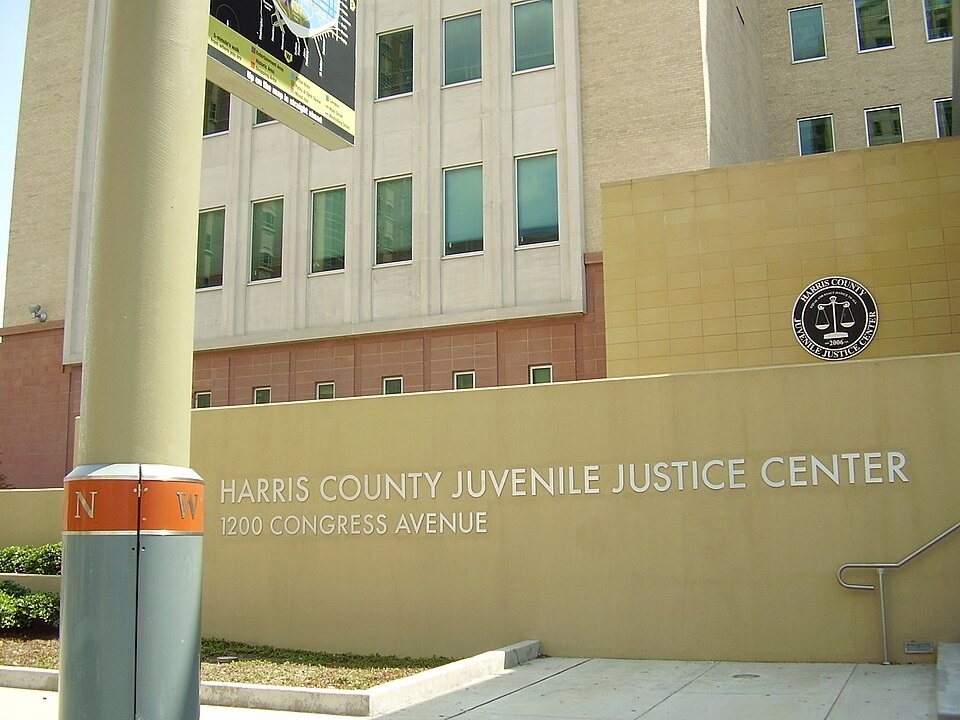
Before the 1890s, teens accused of offenses often faced adult courts and punishments. Reformers pushed a different approach that focused on guidance, leading to the first juvenile court in 1899. Judges could order probation, school attendance, or supervised programs instead of jail. Dedicated officers tracked progress and worked with families, reflecting a belief that youth behavior could be redirected. The model spread quickly, and teens experienced a justice system that emphasized rehabilitation and future potential rather than only penalties.
7. “Vagrancy” Rules and Reform Schools for Youth
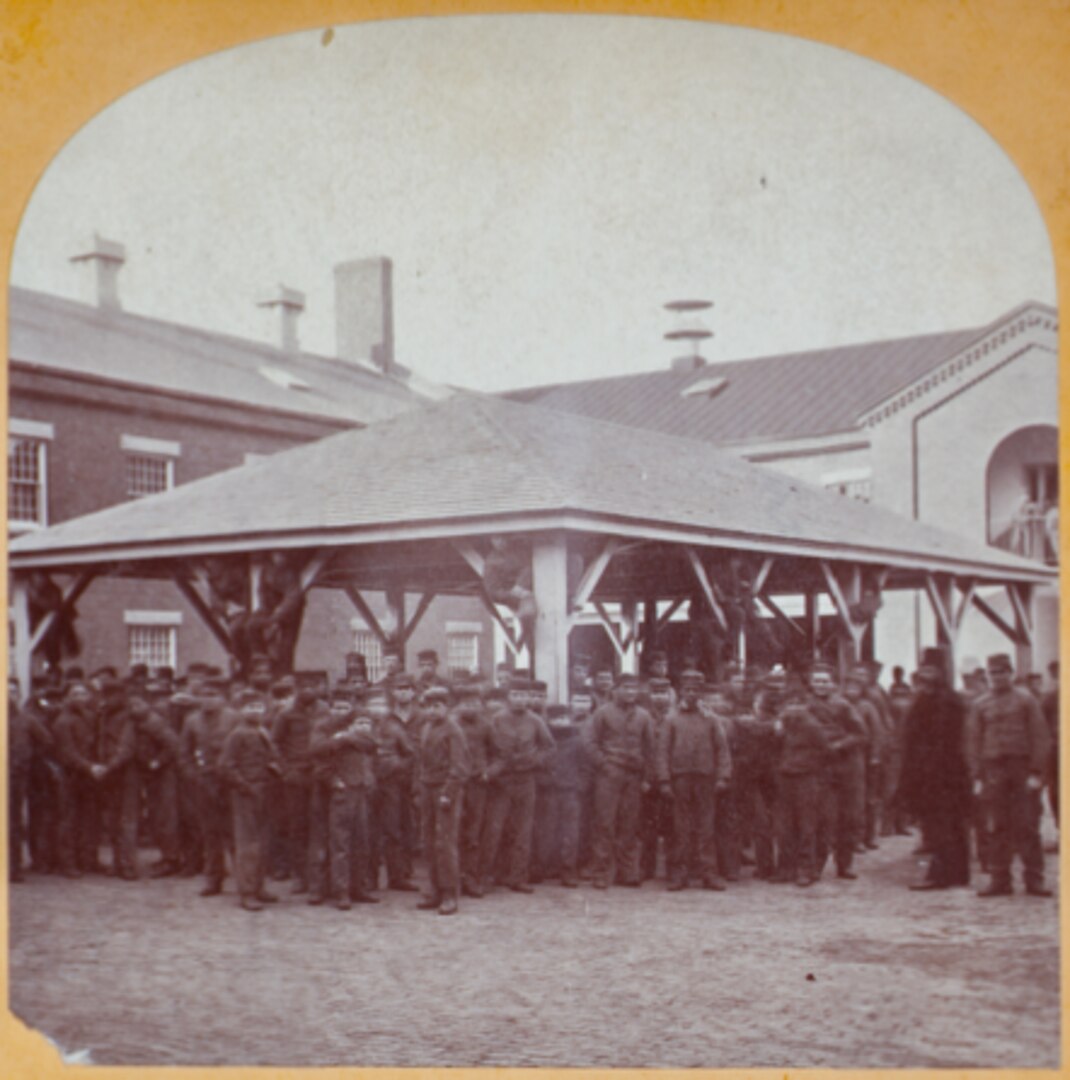
Authorities sometimes labeled young people as idle, disorderly, or in need of discipline even when no crime occurred. Courts could send them to Houses of Refuge or similar institutions for training and strict routines. Critics warned that poverty and family stress were being punished. An influential Illinois ruling in 1870 questioned locking up a child who had not broken a specific law. That challenge pushed states toward clearer standards and gradually narrowed the use of status offenses for teens.
8. Clothing Rules Targeted Gender Expression
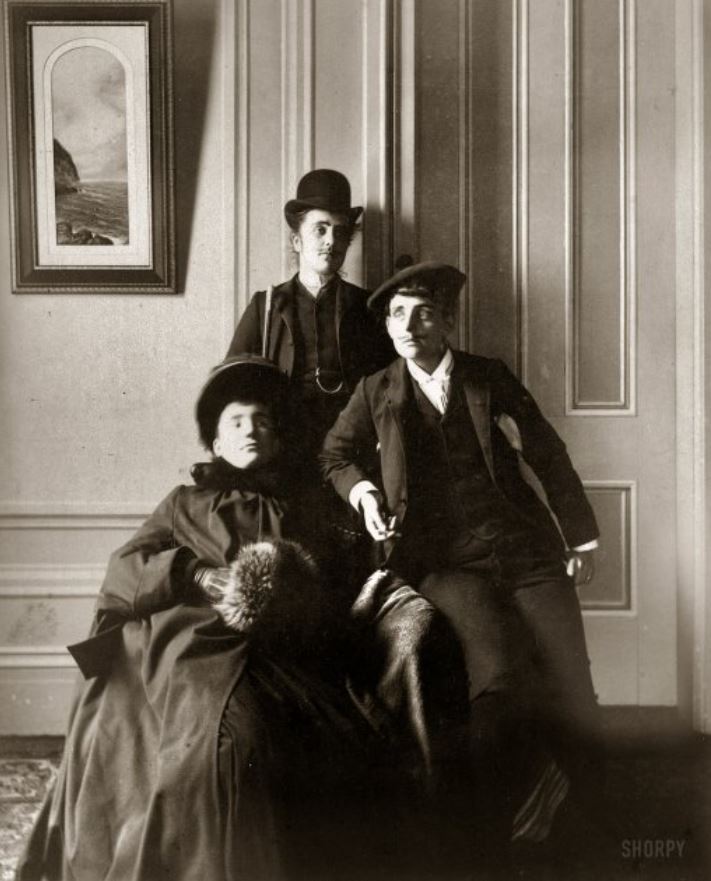
Nineteenth-century cities passed ordinances that penalized people for wearing clothing traditionally associated with another gender, reflecting strict expectations about public appearance. Police enforced these rules during street patrols, and arrests brought embarrassment and fines. Teens experimenting with style or theater costumes risked trouble even at parades or fairs. The ordinances grew from concerns about public order and morality, not safety. Over time many places dropped the rules, but their legacy influenced school dress codes well into the next century.
9. Minors Kept Out of Saloons and Pool Halls

Temperance campaigns pushed lawmakers to keep minors away from alcohol, betting games, and adult hangouts. Towns restricted entry to saloons, billiard rooms, and similar venues unless a guardian was present. License holders faced penalties for serving or admitting youths, so door checks became common. Teens who worked near entertainment districts learned to avoid certain blocks after school. Even where drinking itself was not directly illegal for minors, the walls around alcohol and gambling tightened long before national prohibition debates.
10. Corporal Punishment as Standard School Discipline
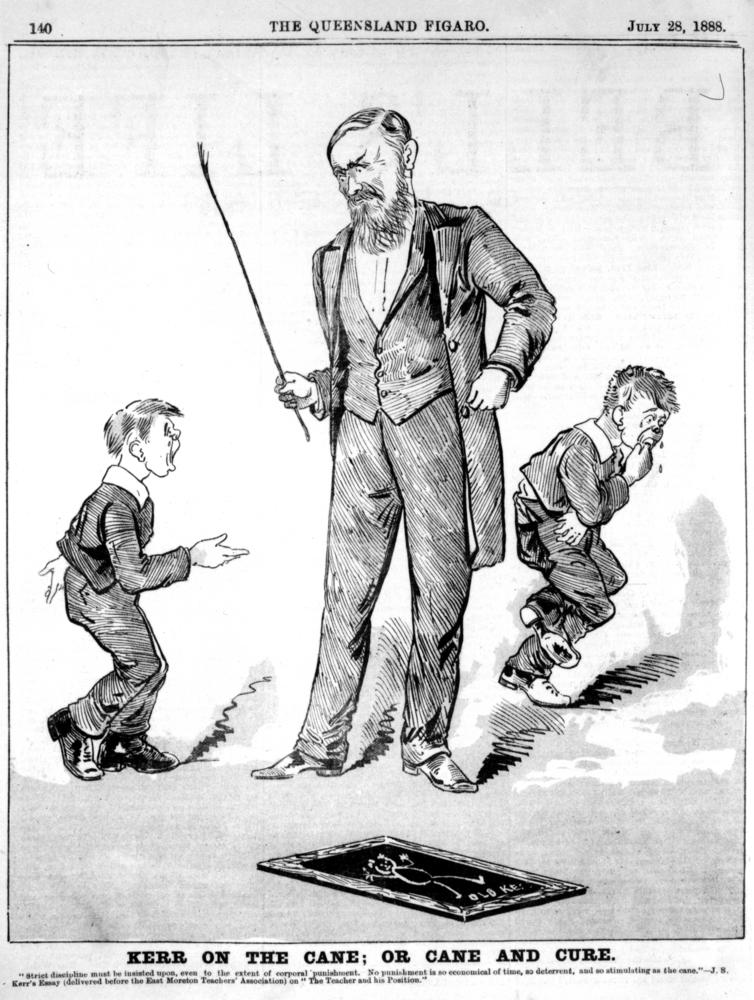
Teachers commonly used paddling, switching, or public reprimands to enforce order, supported by the idea that schools stood in for parents during the day. Communities expected strict classrooms, and few laws limited methods or frequency. Near the end of the century, some educators promoted rewards, better training, and smaller classes instead of fear. Change came slowly, and practices differed by region. Teens could still face painful consequences for back talk, tardiness, or poor handwriting as the century closed.
11. Binding Out Poor Youth as Apprentices
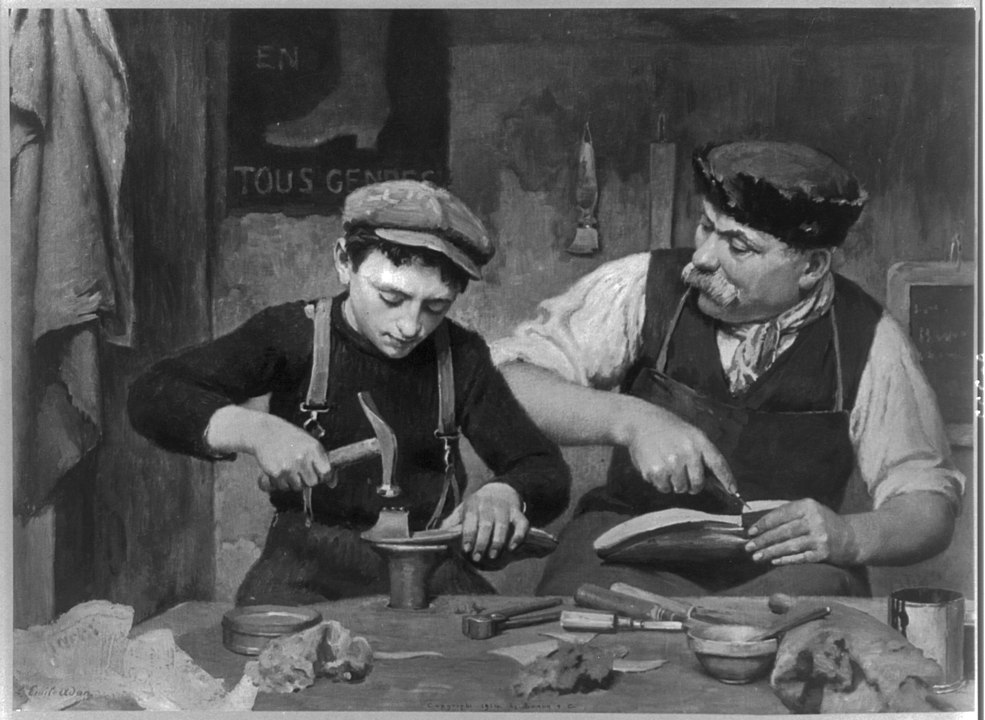
Local officials and courts used pauper apprenticeship to place poor or orphaned youth with masters who promised food, lodging, and training. Contracts could last for years and gave masters wide control over work, schooling, and daily conduct. Supporters said the system taught trades and reduced public costs. Families and advocates warned it split siblings and allowed mistreatment that was hard to challenge. Teens in these agreements lived under strict house rules while learning the skills that set their adult path.
12. The Comstock Act Policed What Teens Could Receive by Mail
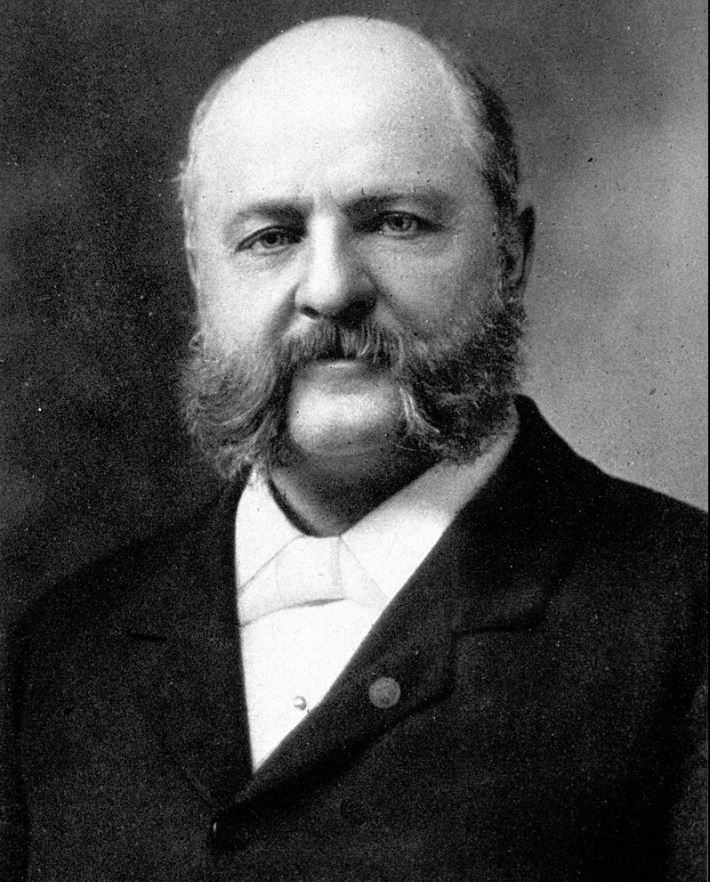
Congress passed a major obscenity law in 1873 that blocked mailing materials labeled indecent, including reproductive health information and contraception guidance. Inspectors could seize items, and publishers faced prosecution. Libraries and teachers sometimes avoided certain topics to prevent trouble, which limited what curious teens could legally read at home. Supporters believed the law defended public morals. Critics argued it censored science and restricted necessary education. The reach of the mail rules shaped youth knowledge well beyond the post office.
